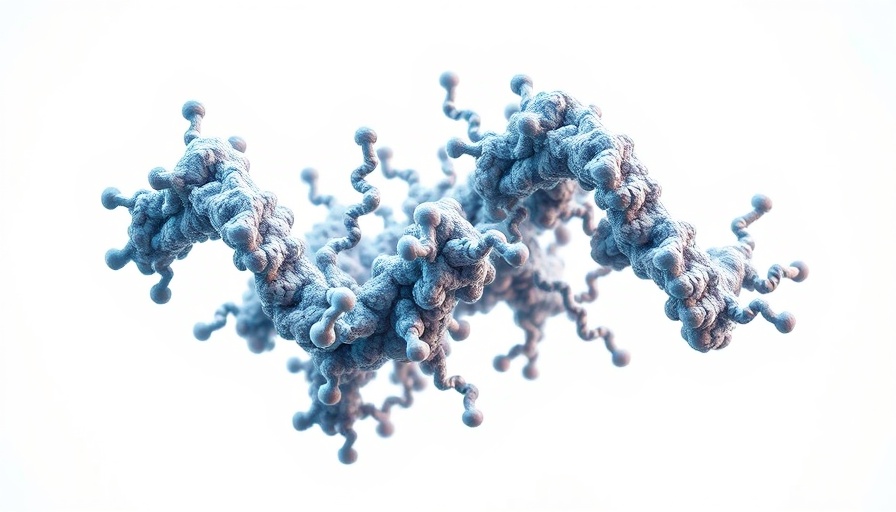
Revolutionizing Protein Research: The Power of AI in Understanding Disordered Proteins
Recent breakthroughs in computational biology are unveiling the hidden complexities of intrinsically disordered proteins (IDPs), which have long eluded traditional structural analysis. Historically classified as chaotic structures without a definitive form, IDPs are now being studied using sophisticated algorithms that leverage deep learning and machine learning techniques. This article explores the latest advancements in this field, highlighting the profound implications for both scientific understanding and biotechnology applications.
The Challenge of Disordered Proteins
Intrinsically disordered proteins do not fold into stable three-dimensional structures, which presents significant challenges to protein characterization. Traditional methods like X-ray crystallography have struggled with these flexible proteins, leading to gaps in our understanding of their biological roles. Recent studies indicate that IDPs play critical roles in cellular functions, including signal transduction and cellular regulation.
Deep Learning's Role in Protein Prediction
Enter the realm of artificial intelligence: deep learning has emerged as a game-changer in protein prediction. Recent algorithms, like AlphaFold2 and SPOT-Disorder2, utilize large datasets to predict disorder, enhancing our ability to identify functional regions within IDPs. For instance, AlphaFold2's revolutionary approach not only provides structural predictions for globular proteins but also helps visualize the disordered regions that were previously underestimated.
Community Efforts Driving Progress
The advancement in disorder prediction is supported by collaborative efforts within the scientific community. Databases such as DisProt are essential for gathering experimental data on disordered regions, while initiatives like Critical Assessment of Protein Intrinsic Disorder (CAID) benchmark new methods. These communal drives not only standardize disorder prediction but also foster innovation in computational techniques.
Implications in Biotechnology
The ability to accurately predict and characterize IDPs is poised to transform multiple facets of biotechnology. These insights could lead to the development of new therapeutics targeting diseases linked to dysfunctional IDPs, such as various cancers and neurodegenerative disorders. By deepening our understanding of these proteins, we open the door to targeted drug designs and enhanced diagnostic tools.
Conclusion: The Future of Protein Research
As deep learning algorithms continue to refine their abilities, the study of intrinsically disordered proteins is expected to advance significantly. This will not only improve scientific comprehension of these complex structures but also propel innovations across various industries. The integration of computational methods in the biological sciences represents a merging of technology with life sciences, creating a potent tool for future discoveries in health and medicine.
 Add Row
Add Row  Add
Add 




Write A Comment